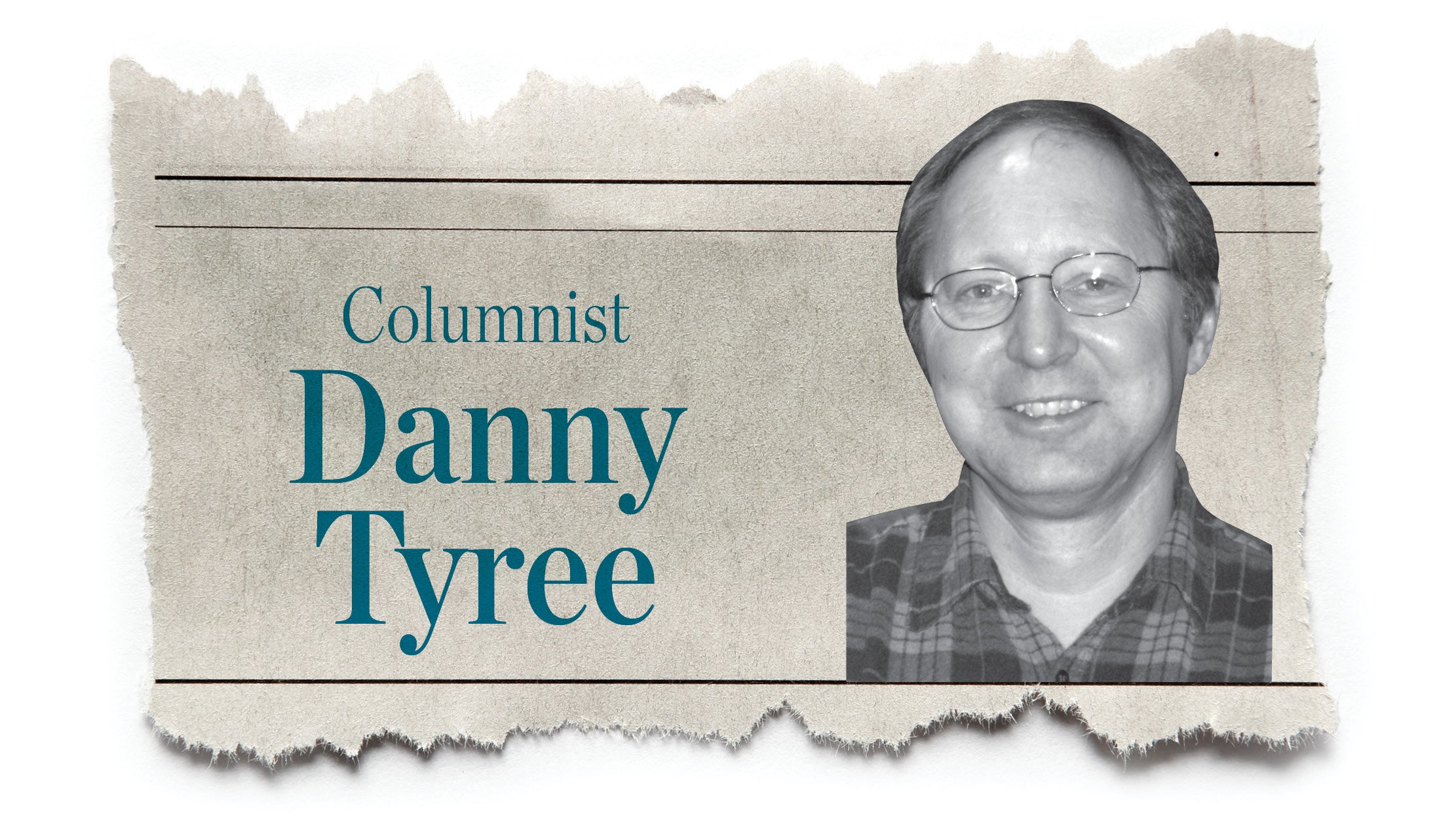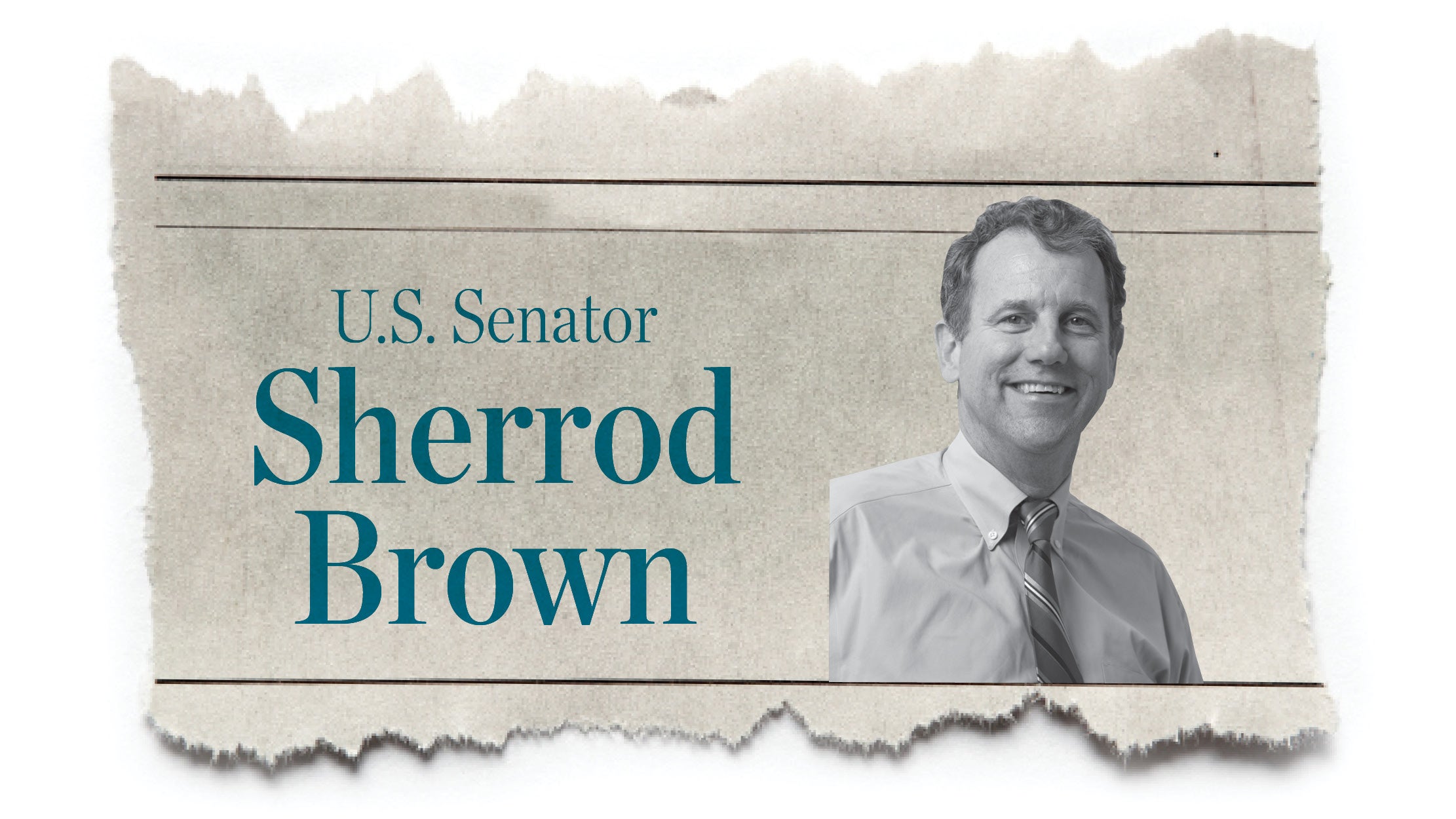Looking at real issue of Obamacare
Published 9:49 am Friday, September 30, 2011
Seven U.S. presidents had tried to establish some form of national healthcare policy, and until Barack Obama, all had failed.
There have been many reasons for those failures but one consistent reason has been the powerful ability of the healthcare industry to protect its interests in congress.
Between lobbying efforts and political contributions no industry, other than the financial industry, has the political clout of the healthcare industry.
As a consequence of this ability to apply self-interest political pressure in protection of those rewarded by the status quo, any significant change in healthcare delivery has been extremely difficult.
Until the newly elected Democratic president, with strong congressional majorities, pushed through the Affordable Care Act of 2009. Opponents of the plan, including virtually all Republicans, fought hard to prevent passage of the legislation and have continued to fight for its repeal even before most of the new laws come into effect.
This week, House Representative Paul Ryan suggested ending corporate tax reductions for providing health care for employees, replacing that government subsidy with taxpayer vouchers for healthcare.
The idea is to change the current status of consumer use of healthcare, where patients have little or no incentive to seek cost savings from delivery of services.
Ryan and others think that making consumers involved in the process of controlling costs could stem the huge annual increases in healthcare costs.
It is the same solution Ryan suggested earlier this year for Medicare. The Federal Government would generate budget savings by limiting and controlling the amount of the vouchers, transferring future cost increases to consumers. But consumers would be able to seek more affordable care, thereby wisely using their vouchers to purchase more healthcare for fewer dollars.
The only other way to control the rising costs is the model used in the Affordable Care Act, to form large enough purchasing groups to make better buys from insures and providers.
This has been the methodology used by Medicare, and it has afforded Medicare good care access for patients while positioning Medicare as a “cost controlling” agency. While costs for all healthcare have increased, Medicare has been a “stingy” payer in many cases, helping to restrain costs.
Americans may have to choose which model to support. The model used by the president is consistent with our historical delivery of healthcare. That model has certainly not worked perfectly.
Alternatively, the Ryan model places a significant risk in the hands of patients, in terms of the ability of individuals to influence cost controls.
In many regions of the country there is only a quasi-capitalist healthcare framework in place. Many rural areas have only one hospital providing all services for the community.
These hospitals would have no incentive to “deal” with consumers on price. Likewise, several states have only one insurance provider in portions of the state or the entire state, making competitive pricing impossible.
And consider the pharmaceutical industry…what leverage could any consumer put on companies to offer more generic alternatives to higher priced drugs?
Finally, the entire healthcare industry is, in many ways, already post-capitalist. Big Pharm has demonstrated that it is far more successful to lobby congress than to compete in the marketplace.
Do you think drugs manufactured in America are sold for less in Canada and Mexico because of competition? Hardly.
Those prices are higher in the U.S. because Big Pharm won the right to set all their own prices in Medicare Part D, with the federal government having no right to seek the best deal.
This industry does not want regulations or restrictions any more than it wants capitalism.
It wants the power to maximize profits by market divisions, limited competition and congressional benefits.
The Ryan plan invites all the worst of American healthcare to thrive…at the expense of consumers.
Jim Crawford is retired educator and political enthusiast living here in the Tri-State.





